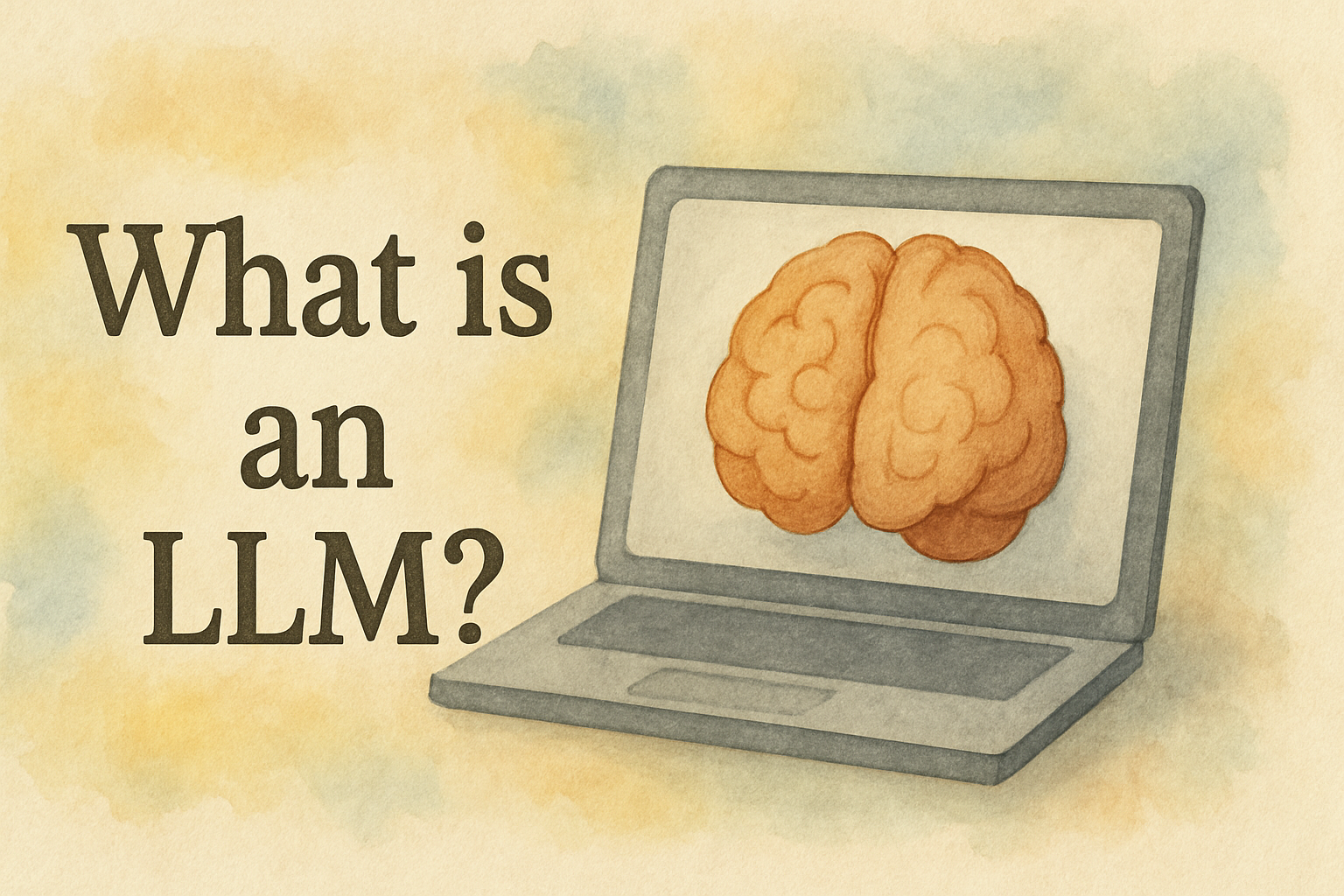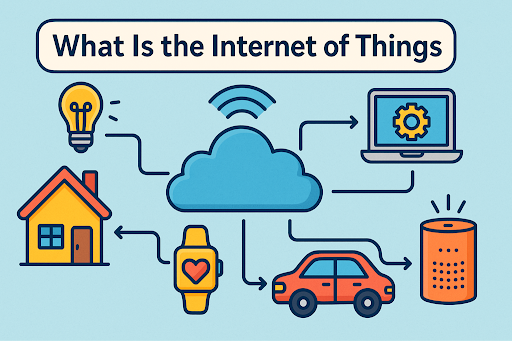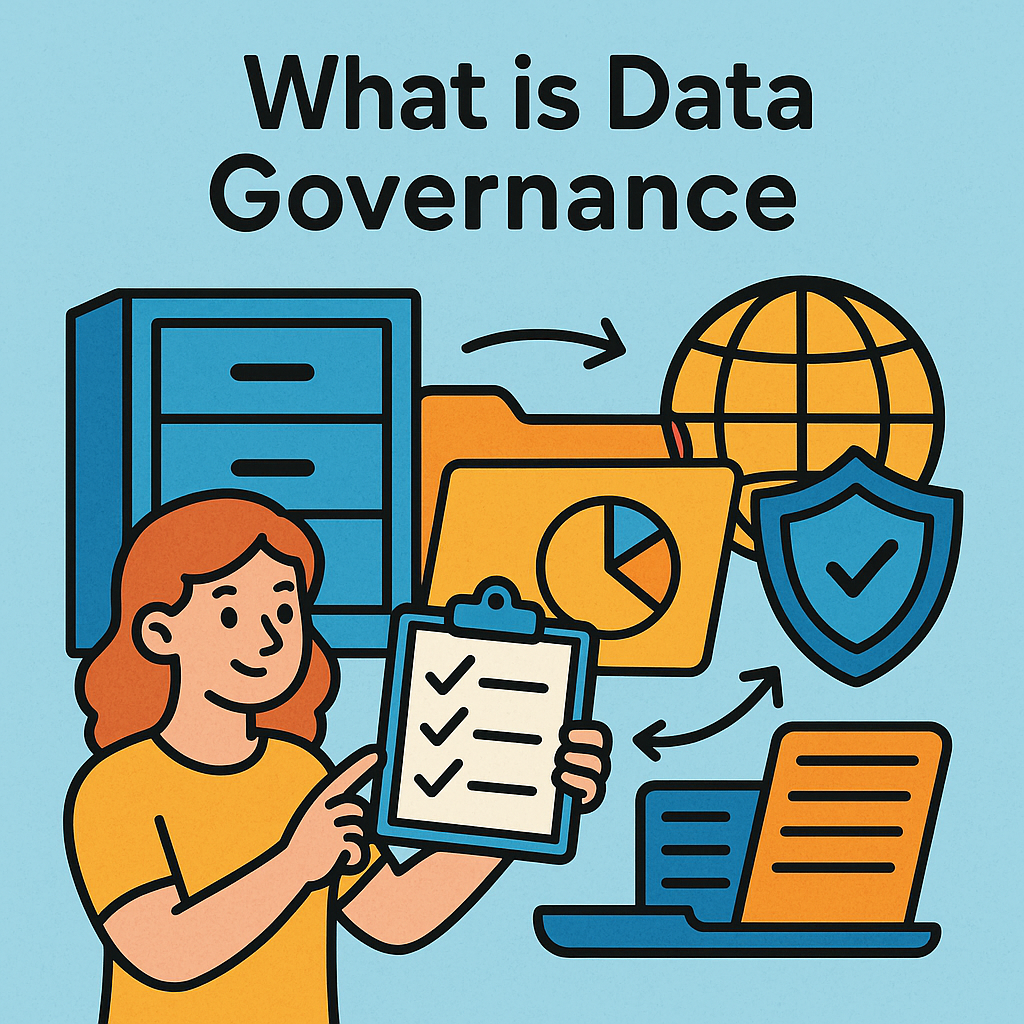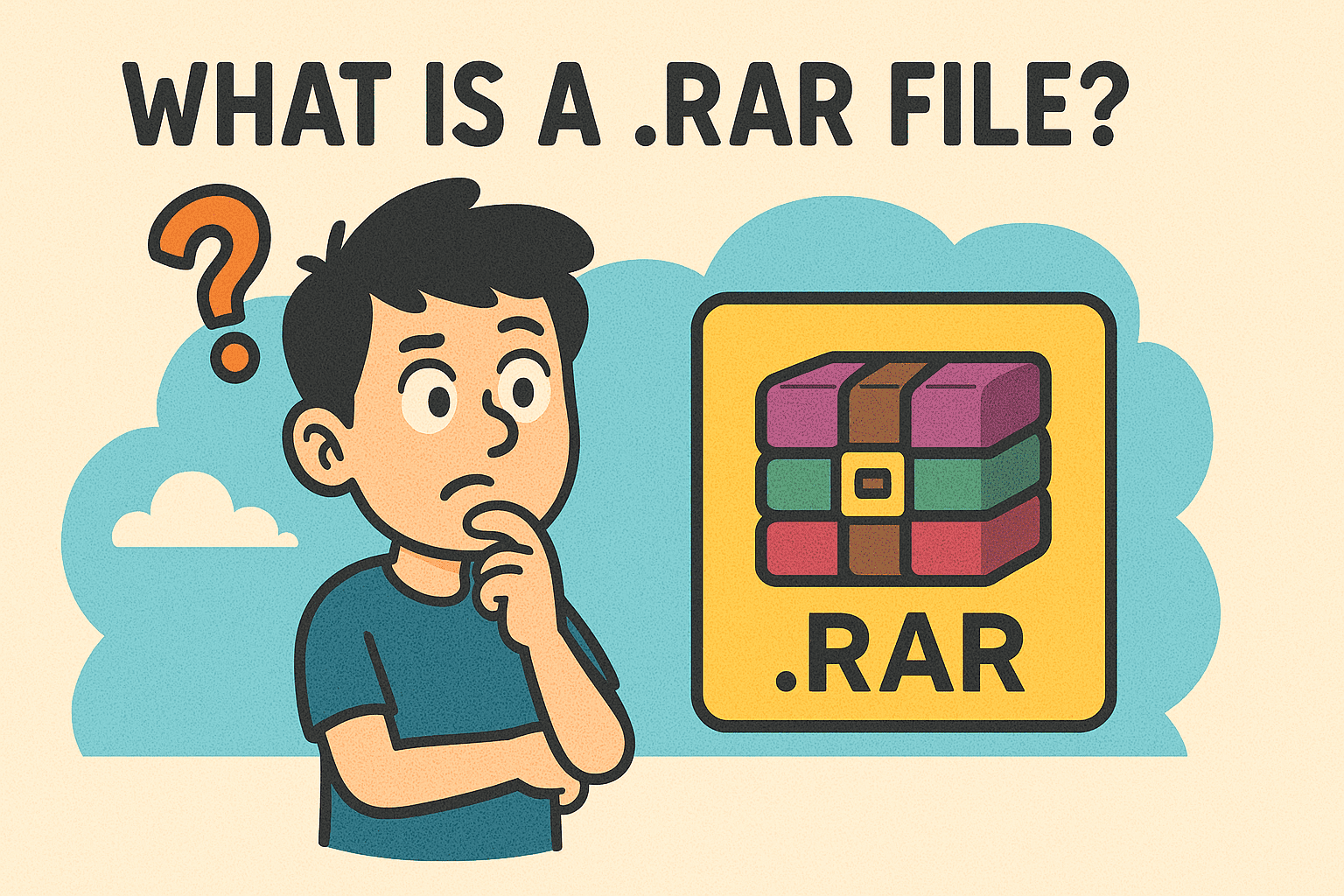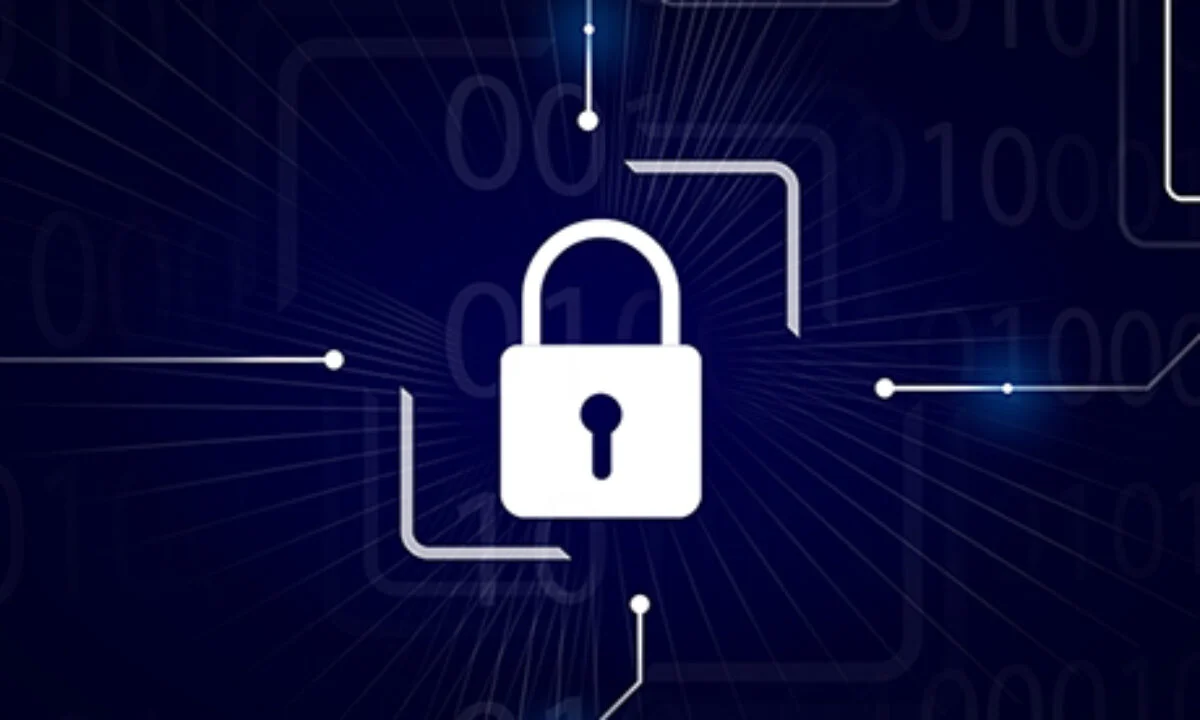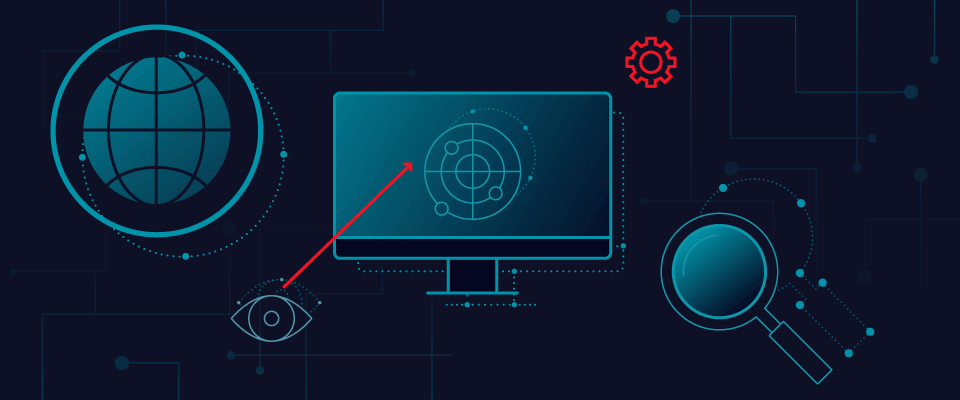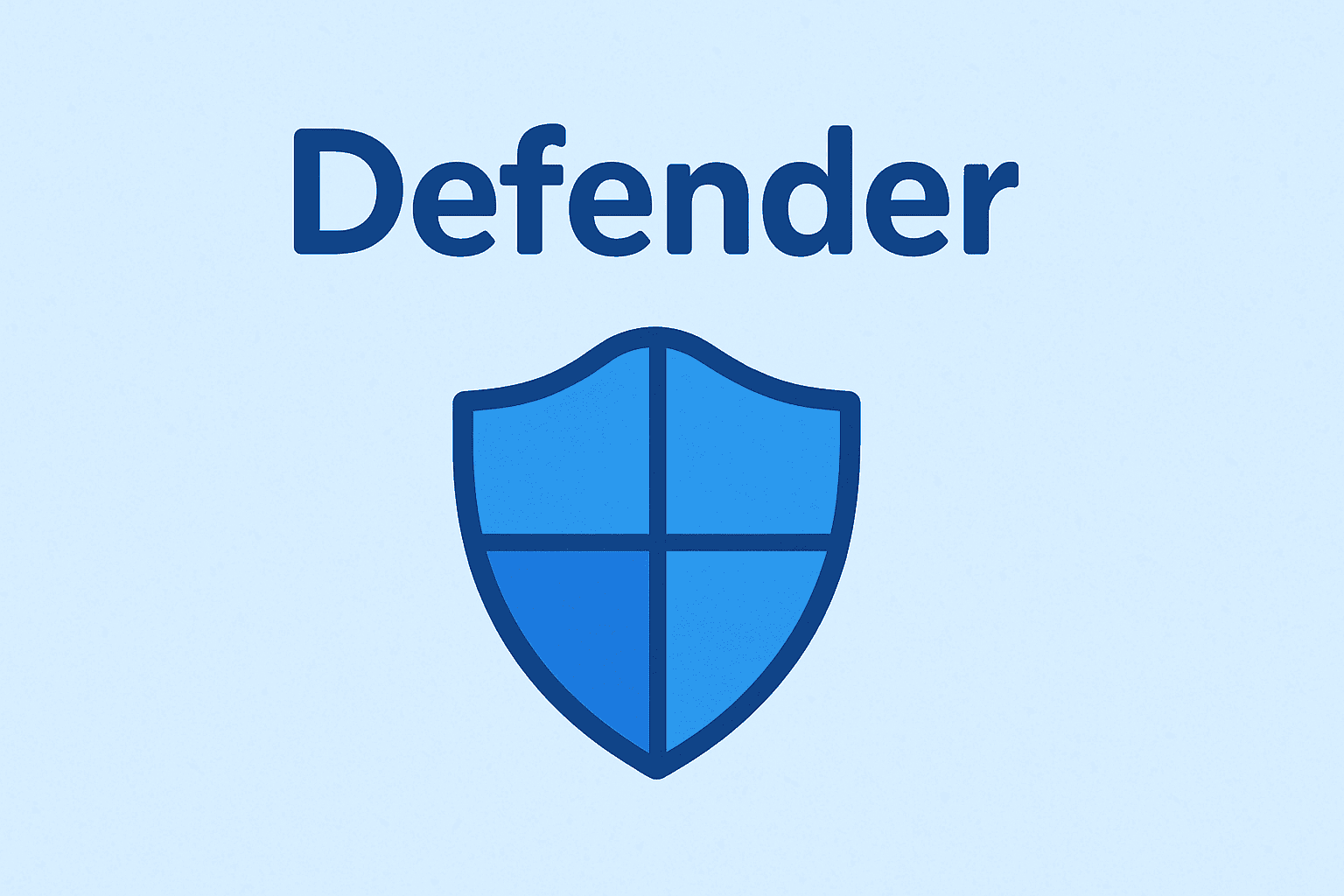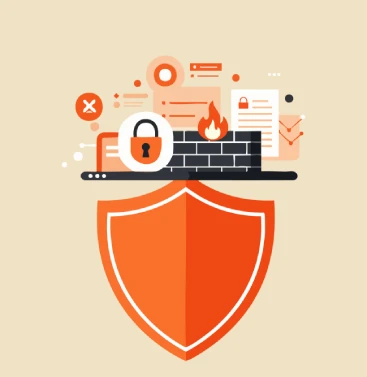What Is Data Mining? The Key to Unlocking Actionable Intelligence
Updated on June 19, 2025, by Xcitium
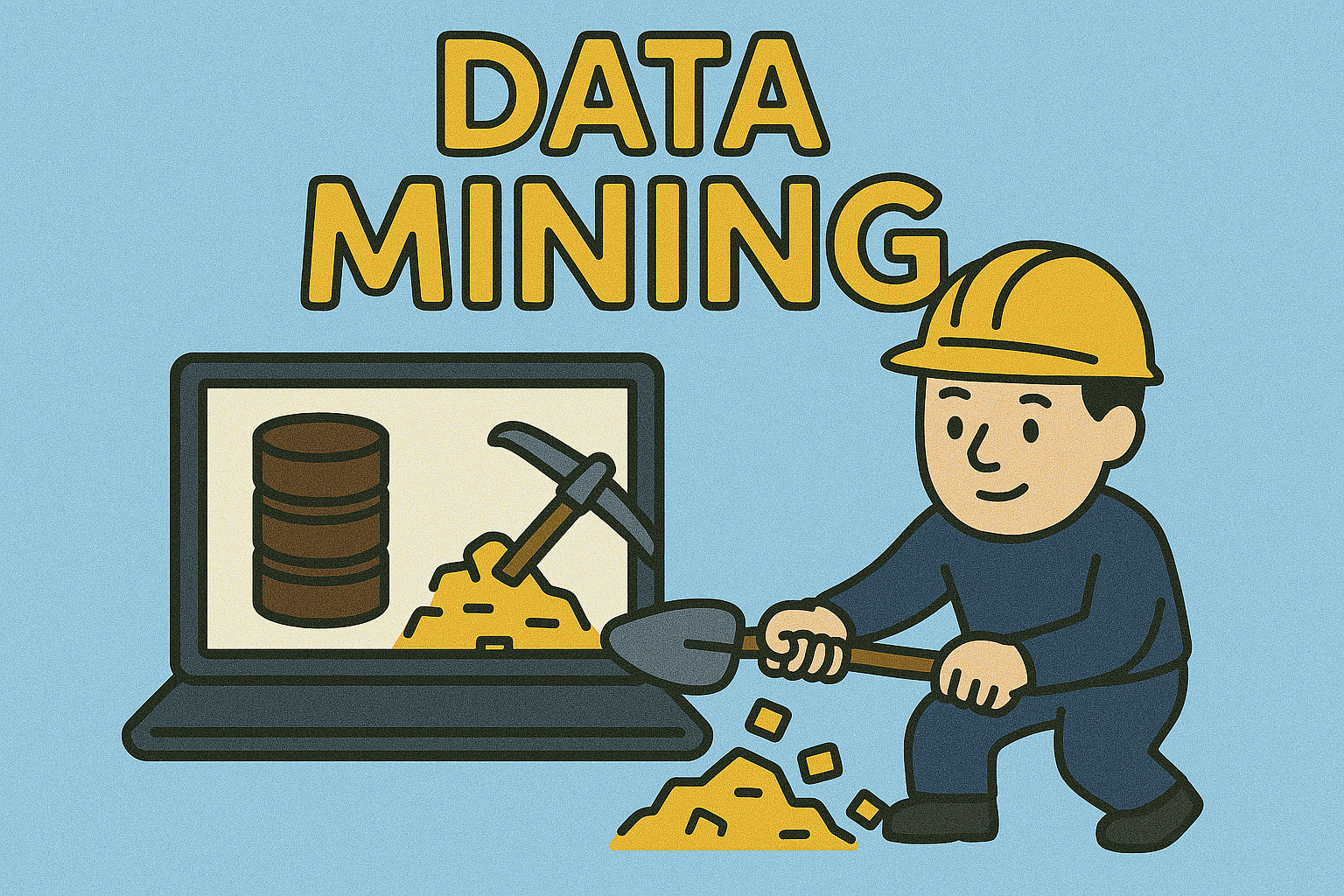
What is data mining, and why has it become a cornerstone of modern business intelligence and cybersecurity? With the global data volume predicted to reach 181 zettabytes by 2025, organizations are turning to data mining to transform raw information into strategic insight.
In this guide, we’ll cover the data mining definition, its core techniques, real-world use cases, top data mining software, and why it matters to IT managers, security experts, and business leaders alike.
What Is Data Mining?
Data mining is the process of discovering patterns, correlations, and anomalies in large datasets to extract valuable insights. It combines statistics, machine learning, and database systems to identify hidden trends and relationships that support decision-making.
Data Mining Definition
According to Gartner, data mining is “the process of discovering meaningful correlations, patterns, and trends by sifting through large amounts of data stored in repositories.”
Data Mining Meaning in Business
Businesses use data mining to:
- Predict customer behavior
- Detect fraud
- Optimize operations
- Personalize marketing
- Improve cybersecurity
How Data Mining Works: A Step-by-Step Overview
Understanding how data mining works helps uncover its value in real-world applications.
Key Steps in the Data Mining Process:
- Data Collection: Gather raw data from sources (databases, logs, APIs).
- Data Cleaning: Remove inconsistencies, duplicates, and missing values.
- Data Integration: Combine data from various sources into a unified format.
- Data Transformation: Normalize and format data for analysis.
- Pattern Discovery: Use algorithms to find trends and anomalies.
- Interpretation & Evaluation: Translate patterns into actionable insights.
Data Mining Techniques
A variety of techniques help extract knowledge from datasets. Here are the most widely used methods:
1. Classification
- Assigns items to predefined categories
- Example: Spam vs. non-spam emails
2. Clustering
- Groups similar data points without predefined labels
- Example: Customer segmentation for targeted marketing
3. Association Rule Mining
- Identifies relationships between variables
- Example: Customers who buy product A also buy product B
4. Regression Analysis
- Predicts a numeric value based on input data
- Example: Forecasting sales based on seasonal trends
5. Anomaly Detection
- Spots unusual patterns or outliers
- Example: Identifying fraudulent transactions
6. Sequential Patterns
- Finds sequences of events that commonly occur
- Example: Clickstream analysis in web behavior
Data Mining in Cybersecurity
Data mining has become a crucial weapon in the fight against cybercrime. Here’s how it supports security teams:
- Threat detection: Identifies anomalies that may signal breaches
- Malware classification: Groups and categorizes malicious code
- Access pattern analysis: Monitors login behavior to detect suspicious activity
- Network traffic mining: Recognizes DDoS attacks or data exfiltration attempts
Top Data Mining Software Tools
Choosing the right software can streamline your data mining efforts. Here are top platforms to consider:
1. RapidMiner
- Drag-and-drop interface for machine learning workflows
- Great for predictive analytics
2. KNIME
- Open-source platform for data science and analytics
- Strong integration capabilities
3. IBM SPSS Modeler
- Advanced statistical analysis for enterprises
- Visual interface suitable for non-programmers
4. SAS Enterprise Miner
- Powerful for large-scale business applications
- Built-in data preparation tools
5. Oracle Data Mining
- Integrated with Oracle databases
- Useful for finance and telecommunications
6. Python Libraries (Scikit-learn, Pandas)
- Best for custom modeling and scripting
- Widely used in cybersecurity and AI applications
Benefits of Data Mining for Organizations
1. Improved Decision-Making
Make data-backed decisions faster and more accurately.
2. Enhanced Customer Insight
Understand preferences and behaviors to tailor services.
3. Operational Efficiency
Uncover process bottlenecks and resource waste.
4. Risk Management
Identify and mitigate threats before they escalate.
5. Competitive Advantage
Gain early access to insights your competitors might miss.
Data Mining Use Cases by Industry
Healthcare
- Predict disease outbreaks
- Optimize treatment plans
Finance
- Credit scoring
- Fraud detection
Retail
- Market basket analysis
- Dynamic pricing strategies
Manufacturing
- Predictive maintenance
- Quality control
Cybersecurity
- Insider threat detection
- Phishing pattern recognition
Challenges in Data Mining
1. Data Privacy
Mining personal or sensitive data can raise compliance concerns (GDPR, HIPAA).
2. Data Quality
Inaccurate or incomplete data can lead to faulty conclusions.
3. Complexity
Advanced techniques may require skilled data scientists and engineers.
4. Bias in Algorithms
Poorly designed models may reinforce systemic biases.
Solutions:
- Use anonymized data
- Validate models regularly
- Combine domain knowledge with AI expertise
FAQs About Data Mining
1. What is data mining in simple terms?
It’s the process of analyzing large sets of data to find useful patterns and trends.
2. How is data mining different from data analysis?
Data mining focuses on discovering unknown patterns, while data analysis tests hypotheses using existing data.
3. What are the most common data mining techniques?
Classification, clustering, association rules, regression, and anomaly detection.
4. Is data mining safe?
Yes, when done ethically and with proper security and privacy controls.
5. What industries use data mining?
Healthcare, finance, retail, manufacturing, and cybersecurity, among others.
Final Thoughts: Why Data Mining Is a Competitive Essential
Understanding what is data mining isn’t just for data scientists. It’s an essential capability for any business seeking to thrive in the data-driven era. With the right tools, techniques, and practices, data mining can unlock unprecedented insights—and drive smarter, faster, and more secure decisions.
Want to elevate your threat intelligence using data mining? Request a demo from Xcitium today.



